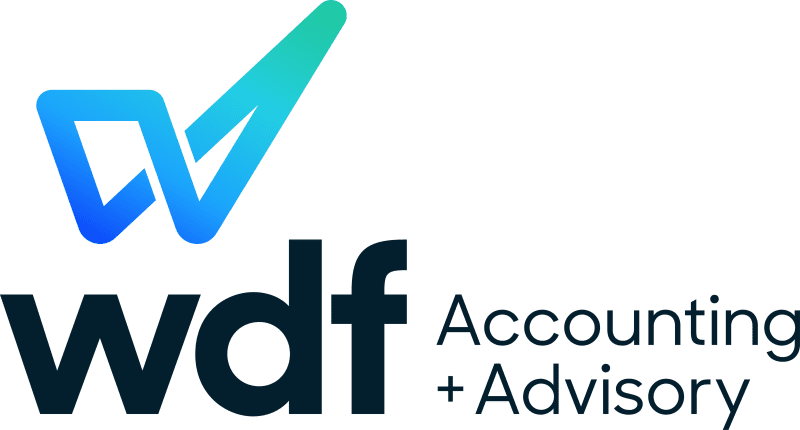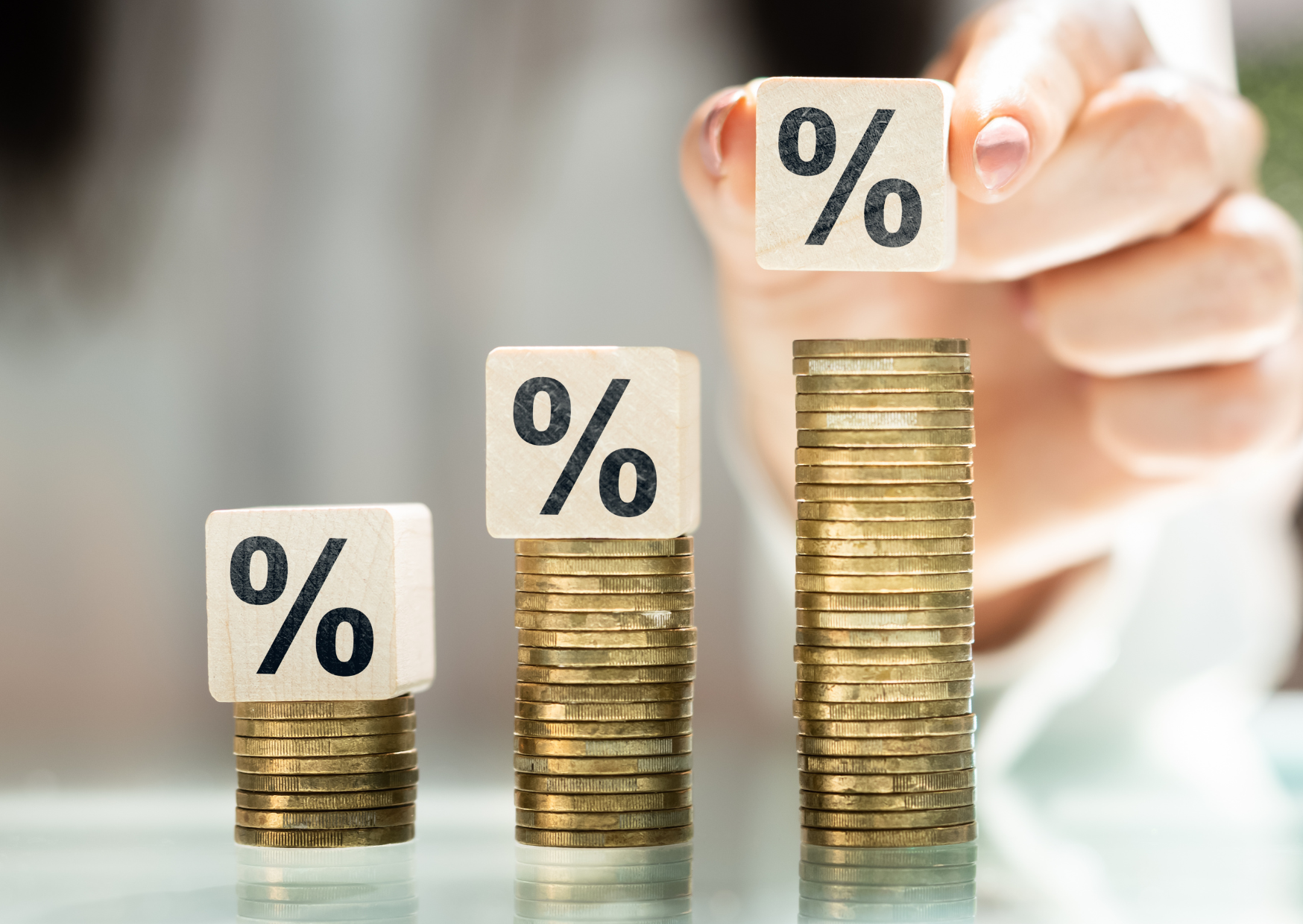Understanding Your Profit and Loss Statement
Your profit and loss statement (P&L) helps you understand your business performance and profitability over time. It’s sometimes called
an Income statement and its main purpose is to list income and expenditure.
Whereas a balance sheet is a snapshot in time, the P&L shows transactions over a specific period of time. This can be a month, quarter,
financial year or any other period, and it can be a stand-alone report or a comparative period report.
Together with the balance sheet, these two reports provide a comprehensive understanding of the financial position and performance of a
business.
The profit and loss statement has two main sections: income and expenses
These may be further subdivided depending on the complexity of the business and reporting requirements.
-
Income or Revenue: Income primarily includes main business activities such as sale of goods or services. Other income such
as interest received, capital gains or income from secondary business activities is also reported.
-
Expenses: Expenses are usually divided into two sections: direct costs, or cost of goods sold, and expenses. Cost of goods
are those that are directly linked to the provision of services or sale of goods. For example, if you buy widgets from a wholesaler and
sell them at a marked-up value, the cost of the widgets is a direct cost, not an overhead expense.
Other types of direct costs might be importing and freight costs, contractor costs or certain equipment. Some direct costs are fixed, that
is, they are the same from month to month, or they could be a fixed percentage of sales; others vary in value but are still related to the
income producing activities.
Overhead expenses are all the other expenses required to run the business, regardless of the level of income: for example, rent, utilities,
bank fees, bookkeeping fees, professional development costs, vehicle costs and staff costs. Many of these costs form the basis of working
out your break-even point, or how much it costs just to open the doors for business.
There are some expenses which may be reported as a direct cost in one business but an indirect cost in another type of business, for
example, merchant fees or contractor costs.
The Bottom Line
Total income minus total expenses results in the net profit (or loss), is often called ‘the bottom line’. Often business owners are just
interested in looking at the bottom line, but a true financial picture requires an understanding of several reports and an ability to see
the big picture that the reports are illustrating.
The P&L is a vital tool to analyse for trends over time
-
What does your P&L tell you about relationships and ratios between sales and expenses, seasonal changes and annual trends?
- Have all your direct costs been allocated correctly?
- Have you recouped all billable expenses from customers?
Financial statements help you understand the big picture for your business. With deeper understanding of your business operations and
performance you can make informed decisions about your business finances.
If you would like to better understand your profit and loss statement and other financial reports, please contact your WDF team member.
WDF Accounting and Advisory | Accountants Wagga | Your partners in business
Providing carefully tailored accounting solutions in business advisory, tax compliance, bookkeeping, Self-Managed Super funds, and more.



